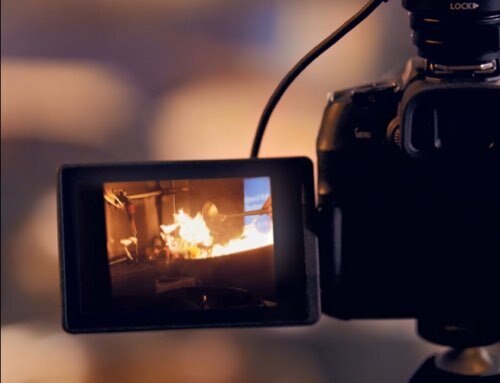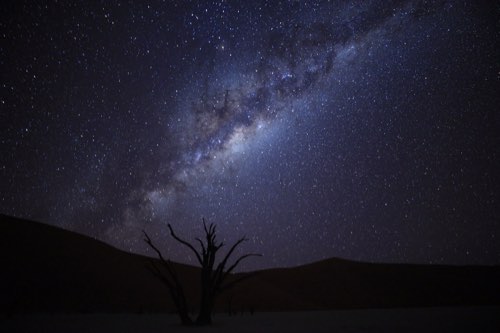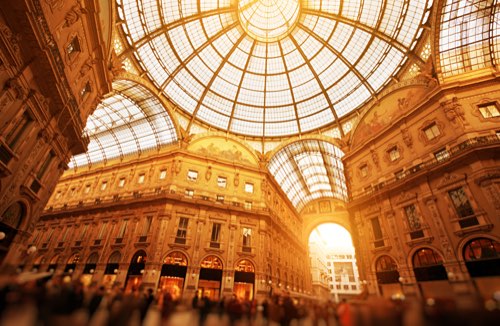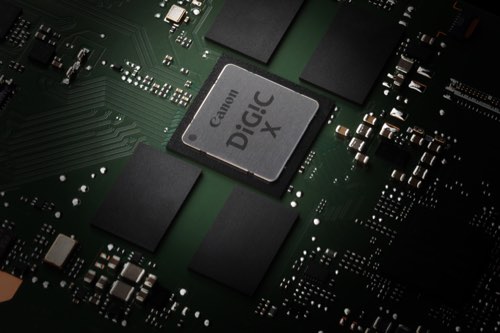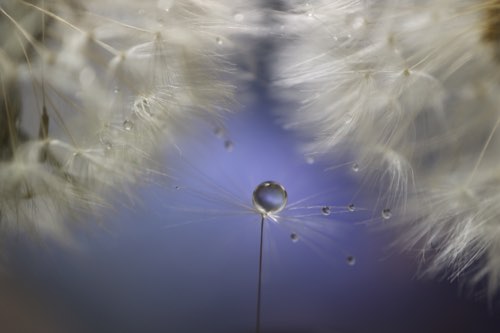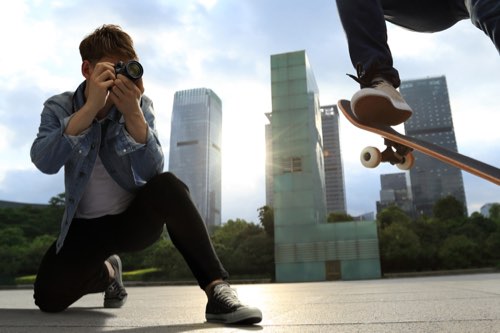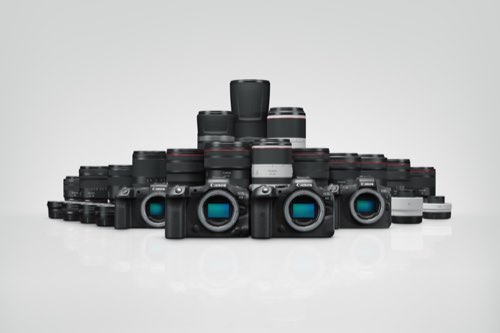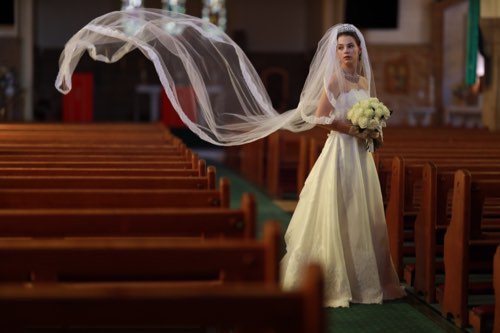EOS 800D vs EOS 77D vs EOS 80D: Which Camera to Get?
Torn between the EOS 800D, EOS 77D and EOS 80D and can’t decide which to choose? We explore the similarities and differences between these models, which will hopefully help you decide which one suits your needs better. (Reported by: Teppei Kohno)

First of all: The similarities
While the EOS 800D and EOS 77D are considered entry models, and EOS 80D is targeted at more experienced users, they do share many similar key specifications in terms of:
- Effective megapixels (24.2 megapixels)
- Number of AF points (45 points)
- Live View AF system (Dual Pixel CMOS AF)
They also do not differ much in their pricing with the EOS 800D being the most affordable, followed by the EOS 77D and EOS 80D.

However, the three models vary in other aspects. mainly:
- Optical viewfinder performance
- Operational feel (including button layout and ergonomics)
- High ISO speed image quality
These differences are explored in greater detail below.
Differences in appearance and operability
1. Grip and handling
- EOS 800D, EOS 77D: Lightweight body
- EOS 80D: Wider grip, excellent hold
EOS 800D

EOS 77D

EOS 80D

EOS 800D and EOS 77D: Almost identical in weight. The grips on both are slim and deep, and your fingers to rest easily in the depression, providing a firm hold.
EOS 80D: Weighs slightly heavier at about 730g. Its wider grip will feel more comfortable to users with bigger hands.
2. Controls
- EOS 800D: Simple layout, easy operation
- EOS 77D: Multi-functional
- EOS 80D: Direct, intuitive controls

EOS 800D (left); EOS 77D (centre); EOS 80D (right)
The Multi-controller is one of the most frequently-used controls for assessing shooting menus and adjusting settings. Its design is different on all three cameras.
EOS 800D: Simple, beginner-friendly cross key buttons that you press to move your selection up, down, left or right.
EOS 77D: The Multi-controller takes the form of an electronic dial (the Quick Control Dial), which also functions as cross keys.
EOS 80D: The Quick Control Dial and Multi-controller are separate, but they provide direct, intuitive control once you get familiar with how to operate them. This is the same design featured on Canon’s higher-end camera models, so if you decide to upgrade in the future, you will have an easier transition.
3. Mode dial location, LCD panel
- EOS 800D: Easier one-handed operation
- EOS 77D, EOS 80D: Have top LCD panel

EOS 800D (left); EOS 77D (centre); EOS 80D (right)
The three cameras also look different from the top.
EOS 800D: The mode dial is located on the right. This makes it easy to operate the camera with just your right hand while using the left hand to keep the camera steady.
EOS 77D and EOS 80D: The mode dial is on the left. The top right is taken up by an LCD panel that displays shoot settings for each shot. This is especially handy for shooting conditions such as bright sunlight or low camera positions, where you may not be able to easily see the rear LCD monitor.
4. Viewfinder coverage
- EOS 80D:100% optical viewfinder coverage, accurate framing

100% coverage (EOS 80D)

95% coverage (EOS 800D, EOS 77D)

Viewfinder coverage refers to how much of the actual shot you will see in your viewfinder. A higher percentage coverage provides a more accurate idea of what will be in your final shot. If you are very particular about getting precise compositions, this is something you should certainly take into account.
EOS 80D: Has approximately 100% optical viewfinder coverage and 0.95 times magnification.
EOS 800D and EOS 77D: Both offer approximately 95% viewfinder coverage and about 0.82 times magnification.
Find out more about viewfinders here:
Camera Basics #12: The Viewfinder
5. Weather-proofing
- EOS 80D: Dust- and drip-proof design

EOS 80D: Has a dust- and drip-proof design, which sets it apart from the other two models. This design includes weather-sealing to prevent moisture and dirt from entering the camera, enabling it to withstand slightly harsher conditions such as light rain.
EOS 800D and EOS 77D: Designed for normal day-to-day use and do not come with a dust- and drip-proof structure.
Differences in shooting performance
6. Image processor
- EOS 800D, EOS 77D: DIGIC 7, higher-quality low-light shots

EOS 800D/ EF-S18-55mm f/4-5.6 IS STM/ FL: 18mm (29mm equivalent)/ Aperture-priority AE (f/5.0, 1/8 sec, EV±0)/ ISO 6400/ WB: Auto
EOS 800D and EOS 77D: Both adopt the DIGIC 7 image processor, which delivers enhanced image processing capability and a wide native ISO speed range from ISO 100 to 25600.
EOS 80D: Adopts the DIGIC 6 image processor, which delivers a native ISO speed range of ISO 100 to 1600. This is sufficient for shoots in general, but for handheld shots in low light, DIGIC 7 performs slightly better.
7. Bokeh quality with a large aperture lens
- EOS 80D: Capable of a faster shutter speed, which can make a difference to bokeh quality.

EOS 80D/ EF50mm f/1.8 STM/ FL: 50mm (80mm equivalent)/ Manual exposure (f/1.8, 1/8,000 sec, EV±0)/ ISO 100/ WB: Auto
Being able to use a faster shutter speed at maximum aperture gives you finer control over exposure, something you will appreciate especially if you like shooting outdoors in daylight and creating bokeh with a large aperture lens.
EOS 80D: Offers a wider shutter speed range that supports up to 1/8,000th of a second.
EOS 800D and EOS 77D: The maximum shutter speed is 1/4,000th of a second.
8. HDR and multiple exposures
- EOS 80D: Full HDR mode, multiple exposures mode
- EOS 800D, EOS 77D: HDR Backlight Control shooting mode
EOS 80D: Is designed for enthusiast users, and contains more features and options for advanced photographic expression such as HDR mode and multiple exposures. You will find similar features on other Canon cameras of the same class.
EOS 800D and EOS 77D: Do not have these features, but have a HDR Backlight Control shooting mode.
HDR mode
Before

After

EOS 80D/ EF-S10-18mm f/4.5-5.6 IS STM/ FL: 10mm (16mm equivalent)/ Manual exposure (f/5.0, 1/60 sec, EV±0)/ ISO 800/ WB: Auto
HDR mode combines images of three different exposures to minimise the loss of detail in very bright and very dark areas, respectively known as blowout (or “blown highlights”) and crushed blacks (or “clipped blacks”).
Multiple exposures

EOS 80D/ EF-S10-135mm f/3.5-5.6 IS USM/ FL: 50mm (80mm equivalent)/ Manual exposure (f/5.6, 1/13 sec, EV±0)/ ISO 100/ WB: Manual
Multiple exposures mode lets users easily merge multiple exposures to create a unique image.
Summing up: Ultimately, all 3 models are evenly matched. It all boils down to what’s important to you.
EOS 800D
- Simple operation, high-quality images.
- Compact, lightweight and portable.
- Beginner-friendly default user interface. New camera users can easily access shooting features, learn what they do, and create the photos that they envision.
Great for: New DSLR users who want to gradually familiarize themselves with DSLR photography.
EOS 80D
- Designed for enthusiast users; feature rich
- Capable of meeting the rigorous demands for different types of shoots
- Particularly handy for photographing moving subjects
- Of the three cameras, this is the best camera to pair with the best lens you have
- Heavier than the EOS 77D and EOS 800D
- Controls might take some getting used to especially for beginners
- Easy transition to higher-end DSLR cameras due to similar controls, 100% viewfinder coverage
Great for: Beginner to intermediate photographers who want a camera to grow into; aspiring professional photographers who are seeking an upgrade from an entry camera, but are still not ready for a professional-class camera.
EOS 77D – Well-round model with high image quality, lightweight body and operational feel that should please enthusiasts
- Can be considered a “premium entry-level model”
- Shares many specs and features with EOS 800D
- However, it also has controls and features that are comparable to higher-end enthusiast models (e.g. top LCD panel, Quick Control Dial on the back)
Great for: Beginner users who hope to try out more advanced photography techniques in the future; intermediate users who want to upgrade from their entry-level cameras.
Ultimately, all the three models featured in this article are evenly matched. So why not head down to your nearest camera shop and give them a try? That will help you make your final decision about which model suits you best.
Articles about the EOS 800D:
3 Reasons to Get the EOS 800D
EOS 800D Review with Sample Images
Articles about the EOS 77D:
EOS 77D: A Closer Look at 7 Key External Design Features
EOS 77D: 4 Key Technologies That Aspiring Enthusiasts Will Love
3 Cool Features of the EOS 77D
EOS 77D Review with Sample Images
Articles about the EOS 80D:
Test Shoot Review: The EOS 80D’s High-Performance AF
Convenient Movie Shooting Features on the EOS 80D
4 Reasons Why the EOS 80D is Ideal for Street Photography
EOS 80D Review: Nature Photography
EOS 80D Interview with Developers (Part 1): Major Improvements to AF Performance
EOS 80D Test Shoot Review: Subject Tracking Performance during Movie Shooting
EOS 80D Lens Pairing Reviews:
EOS 80D Lens Pairing Review: EF-S10-18mm f/4.5-5.6 IS STM
EOS 80D Lens Pairing Review: EF-S24mm f/2.8 STM
EOS 80D Lens Pairing Review: EF-S15-85mm f/3.5-5.6 IS USM
EOS 80D Lens Pairing Review: EF-S18-135mm f/3.5-5.6 IS USM
EOS 80D Lens Pairing Review: EF-S55-250mm f/4-5.6 IS STM
Receive the latest update on photography news, tips and tricks.
Be part of the SNAPSHOT Community.
Sign Up Now!About the Author
Born in Tokyo in 1976, Kohno graduated with a Social Work degree from the Department of Sociology of Meiji Gakuin University, and apprenticed with photographer Masato Terauchi. He contributed to the first issue of photography magazine PHaT PHOTO and became an independent photographer after that, in 2003. The author of many books, Kohno not only shoots all sorts of commercial photographs, but also writes prolifically for camera and other magazines.







